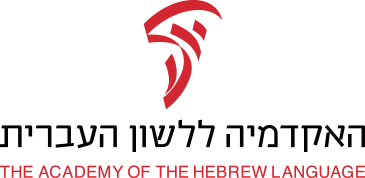The 1953 law that established the Academy entrusts us with guiding the development of the Hebrew language. In keeping with this role, the Academy continually approves new Hebrew terms, and we set the rules of standard Hebrew grammar, punctuation, orthography, and transliteration, modifying them occasionally as needed.
Terminology
The world’s constant flux generates an ongoing demand for new Hebrew terms. In responding to this need the Academy prefers, when possible, to draw upon Hebrew words already in use, or to repurpose obscure or obsolete ones, rather than coining brand-new words.
Grammar
The Academy’s approach in matters of grammar is to seek the middle road between blanket adoption of current usage and rigid adherence to the language of the ancient sources.
Punctuation
Unlike classical Hebrew, Modern Hebrew uses the punctuation marks of European languages. The current punctuation rules, revised in 1992, aim for sparer use of punctuation marks, in keeping with Hebrew’s compact structure, and grant the writer considerable leeway and flexibility.
Orthography
Today every Hebrew word has two standard written forms, one vocalized (pointed with nikkud) and one unvocalized (consisting of letters only). Over the years, the spelling rules for unvocalized forms have expanded the use of the letters vav (waw) and yod as vowel indicators.
Transliteration
The Academy decisions govern transliteration of Modern Hebrew into Latin characters and of foreign languages into Hebrew characters. By and large, the rules aim to reflect the pronunciation of the word, not necessarily its spelling in the source language.

